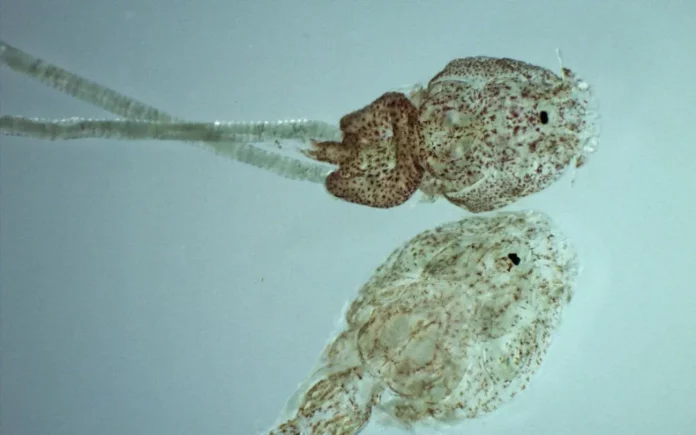Norway’s traffic light system’s focus on lice control has led to more frequent delousing treatments, which can negatively impact the welfare and survival of farmed fish.
A review of the Norwegian salmon farming regulation system, known as the traffic light system, has raised concerns about its accuracy in assessing the impact of salmon lice on wild salmon populations.
The review, recently published in the scientific journal Reviews in Aquaculture, suggests that the current system may significantly overestimate the negative effects of salmon lice from farms on wild Atlantic salmon, potentially leading to misguided conservation efforts.
Background on the Traffic Light System
The traffic light system was introduced by Norway in 2017 as a regulatory framework to manage the country’s salmon farming industry. Its primary aim is to control production capacity based on the estimated impact of salmon lice on the marine survival of wild salmon. Salmon lice, a parasite that feeds on the skin, mucus, and blood of fish, have coexisted with wild salmon for millions of years but have gained increased attention due to the conditions created by aquaculture facilities, which can facilitate the parasite’s reproduction.
How does Norway’s traffic light system for salmon farming work?
Since it is challenging to measure the direct effects of salmon lice from farms on wild salmon, the traffic light system relies on a combination of observational data (lice counts on fish in farms) and modeled data (simulated lice loads on juvenile salmon during migration). These data points are used to estimate the risk of negative impacts on wild salmon stocks and determine the production limits for salmon farms in various regions.
Key Findings from the Review
The literature review, conducted by researchers Solveig van Nes, Albert KD Imsland, and Simon RM Jones, examines the scientific studies that form the basis of the traffic light system, as well as additional relevant research. The review highlights several key inaccuracies in the current system:
- Overestimation of Lice Impact: The study concludes that the effects of salmon lice from farms on wild salmon are likely overestimated by the traffic light system.
- Lack of Correlation: Extensive datasets described in the review show a lack of correlation between lice levels on farmed fish and the infection rates in wild fish populations. Moreover, there is limited or no correlation between lice levels and the broader population dynamics of wild salmon. This raises concerns about the validity of using lice counts as a primary measure for regulating salmon farming.
- Potential for Misguided Conservation Efforts: The overestimation of salmon lice’s impact could lead to conservation strategies that overlook other crucial factors affecting wild salmon survival, such as changes in marine environments, predation, or climate change. This misallocation of resources could hinder effective conservation efforts.
Implications and Recommendations
The review suggests that improving the precision of the traffic light system is essential for both salmon conservation and the management of aquaculture. By incorporating a more complete use of available research and ensuring that the data and assumptions used are up-to-date, the system could better reflect the actual risks posed by salmon lice.
The study notes that while the traffic light system has successfully controlled lice levels on farmed fish, its environmental benefits for wild salmon may be limited. Additionally, the system’s focus on lice control has led to more frequent delousing treatments, which can negatively impact the welfare and survival of farmed fish.
The researchers advocate for a more nuanced approach that considers the full range of factors affecting wild salmon populations and suggests that adjustments to the traffic light system could lead to more effective conservation outcomes.


